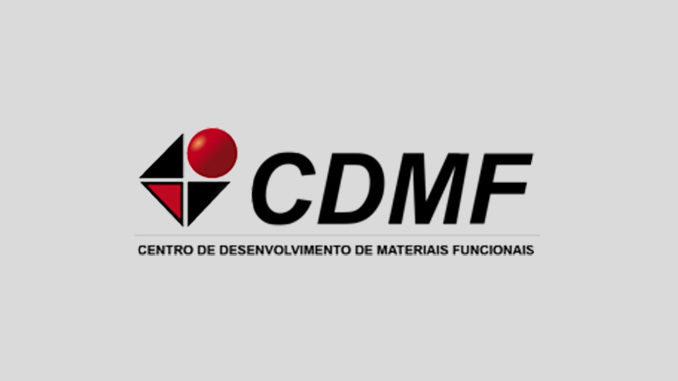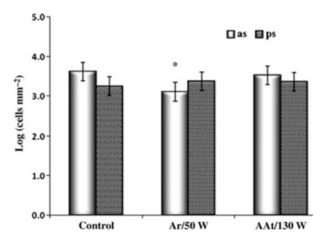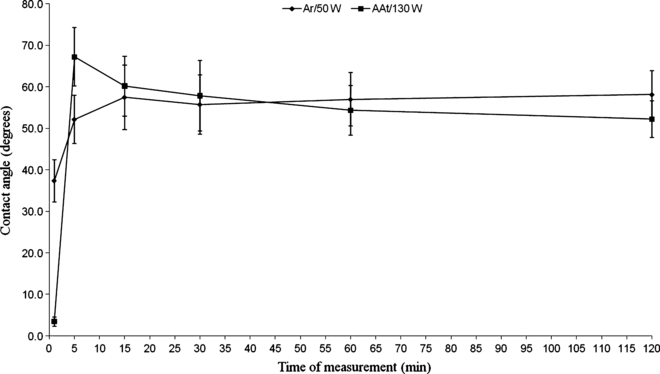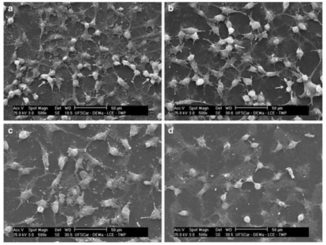
Writers: Lívia Nordi Dovigo, Juliana Cabrini Carmello, Carlos Alberto de Souza Costa, Carlos Eduardo Vergani, Iguatemy Lourenço Brunetti, Vanderlei Salvador Bagnato, Ana Cláudia Pavarina
Keywords: Candida infection; photodynamic therapy; curcumin; LED
Abstract: In vitro investigations of curcumin-mediated photodynamic therapy (PDT) are encouraging, but there is a lack of reliable in vivo evidence of its efficacy. This study describes the photoinactivation of Candida albicans in a murine model of oral candidiasis, using curcumin as a photosensitizer. Forty immunosuppressed mice were orally inoculated with C. albicans and after five days, they received topical curcumin (20, 40 and 80 μM) and illumination with LED light. The use of curcumin or light alone were also investigated. Positive control animals did not receive any treatment and negative control animals were not inoculated with C. albicans. The number of surviving yeast cells was determined and analyzed by ANOVA and Tukey’s post-hoc test (α = 0.05). Histological evaluation of the presence of yeast and inflammatory reaction was also conducted. All exposures to curcumin with LED light caused a significant reduction in C. albicans viability after PDT, but the use of 80 μM curcumin associated with light was able to induce the highest log10 reduction in colony counts (4 logs). It was concluded that curcumin-mediated PDT proved to be effective for in vivo inactivation of C. albicans without harming the host tissue of mice.
DOI: 10.3109/13693786.2012.714081




